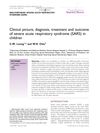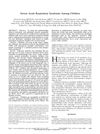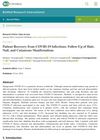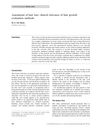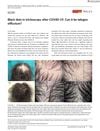SARS in Children
January 2005
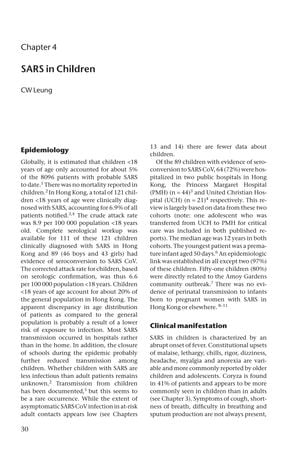
TLDR Children under 18 had milder SARS with no deaths, but teenagers faced higher severe illness risk, and effective treatments were uncertain.
The 2005 document on SARS in children indicated that children under 18 made up about 5% of the global SARS cases, with no deaths reported in this group. In Hong Kong, 121 children were diagnosed with SARS, with a corrected attack rate of 6.6 per 100,000 population. Transmission mainly occurred in hospitals, and school closures likely reduced child transmission. Symptoms in children varied, with older children showing more adult-like symptoms, but diagnosis was difficult due to non-specific symptoms. Treatment was based on adult protocols, but the effectiveness of antivirals in children was uncertain. Some children experienced respiratory distress and long-term effects such as hair shedding, but the full long-term impact was unknown. Children under 12 generally had milder disease, while teenagers were at higher risk of severe illness and required careful monitoring. There was no evidence-based treatment for SARS in children at the time, and the need for good supportive care and long-term follow-up was emphasized, as well as the development of a reliable rapid diagnostic test.
